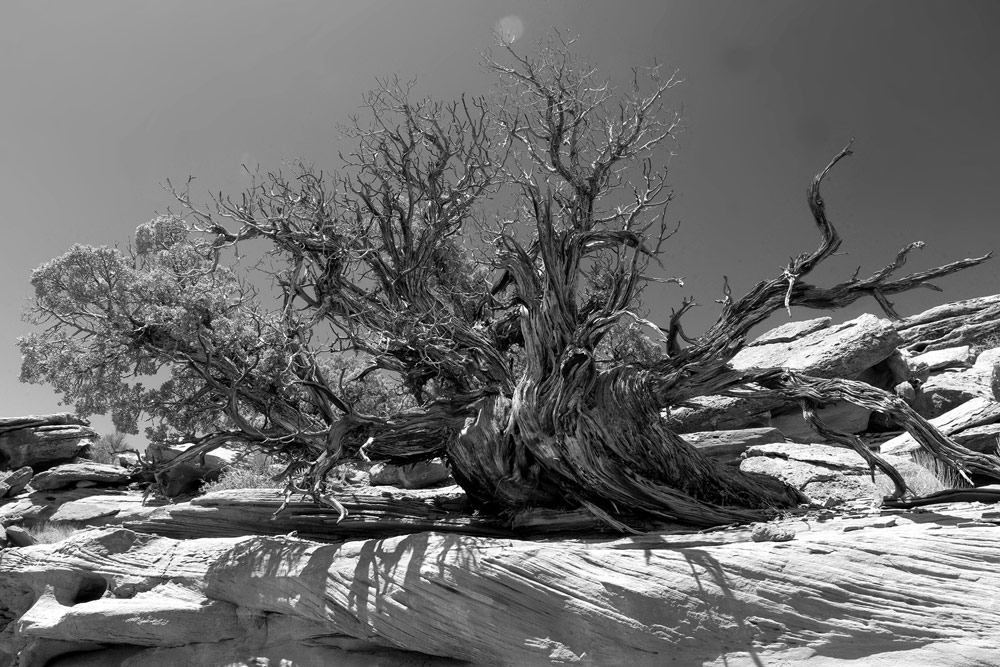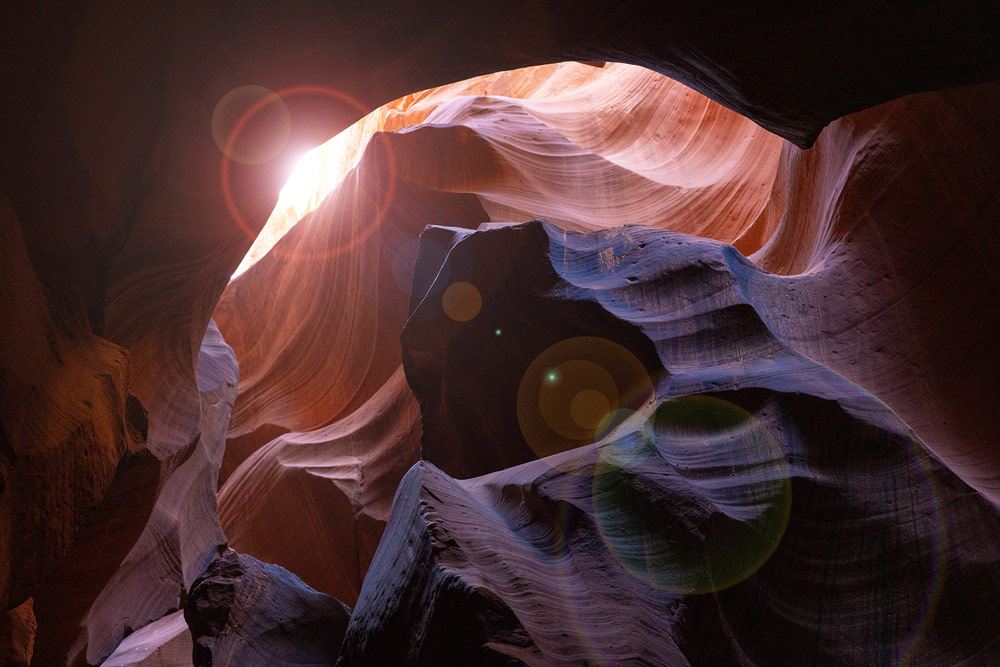Photographs by Bobby Greeson

BRISTLECONE PINES (Pinus longaeva)
Bristlecone pines are significant for their exceptional longevity, with some individuals living over 5,000 years, making them the oldest known living organisms on Earth. Their extreme age and ability to survive in harsh environments provide valuable insights into climate change, ecological adaptations, and dendrochronology.
The oldest currently known, individual living bristlecone pine tree, is located in a secret, undisclosed location within the Ancient Bristlecone Pine Forest in the White Mountains of eastern California’s Inyo National Forest. While the tree’s exact identity and location are kept secret to protect it, it is believed to be “Methuselah,” a tree over 4,850 years old. Another living bristlecone pine was discovered in the same area with an age estimated to be over 5,000 years in 2013.
Bristlecone pines grow in isolated groves just below the tree line, between 5,600 and 11,200 ft. elevation on dolomitic soils. The wood is very dense and resinous, and thus resistant to invasion by insects, fungi, and other potential pests.
The tree’s longevity is due in part to the wood’s extreme durability. While other species of trees that grow nearby suffer rot, bare bristlecone pines can endure, even after death, often still standing on their roots, for many centuries. Exposed wood on living and dead trees does not rot, but rather erodes like stone due to wind, rain, and freezing, which creates unusual forms and shapes. Some dead bristlecone pines are thought to be between 5,000 to 10,000 years old.

UPPER ANTELOPE CANYON
Navajo Upper Antelope Canyon is a slot canyon in the American Southwest, on Navajo land east of Lechee, Arizona. Upper Antelope Canyon is called Tsé bighánilíní, “the place where water runs through rocks,” by the Navajo People in that specific area.
Antelope Canyon was formed over millions of years by the erosive power of flash floods and wind acting on Navajo sandstone, a sedimentary rock formation. Water from intermittent creeks carved deep, narrow fissures, creating the slot canyon, while wind then smoothed and polished the walls, leaving behind the characteristic striated and swirled patterns seen today.
Antelope Canyon is on Navajo tribal land, and access is restricted to authorized tour operators. The only way to visit both the Upper and Lower Antelope Canyons is on a Navajo guided tour. The tours are well organized and well worth the time and effort. To limit crowds and maintain a peaceful and enjoyable experience for all, tour operators have to limit the number of visitors during each tour.
Photographs by Bobby Greeson
On exhibit in the gift shop hallway gallery
Bobby Greeson is a multi-disciplinary artist equally comfortable with photography, filmmaking or design. His parents enrolled him in painting classes at age 6, and bought him his first camera at age 8 (which he still has). Driven by a passion for new experiences, he is a life-long traveller, having visited around sixty countries and all seven continents.
This same passion for experience has resulted in a varied professional career. Always taking photographs, he started his professional life as a graphic designer before moving into photography and then filmmaking. He has done design work for a variety of clients, including Boeing, Marriott Hotels, Verizon, the USA Film Festival, the University of North Texas, British Petroleum, Arco Oil & Gas, and NASA.
With his long-standing business partner and their music services company, Art4Music, he has worked extensively in the music industry for clients that include ZZ Top, Willie Nelson, the Dixie Chicks, Pearl Jam, Motley Crue, Steve Earle, James Brown, Joe Walsh and Talking Heads. Bobby has three Grammy nominations for art direction and album design.
In the film and video world, Bobby has done work for clients such as Blue Man Group, the Dallas Museum of Art, TED Talks, Southern Methodist University, the Angelika Theater chain, the Dallas Opera, Big Bend Medical Center, and the City of Alpine. He also directed a feature length documentary about the Beatles called 31 Days: The Beatles First American Tour, and has worked in various capacities on several low budget films that you’ve probably never heard of.
Greeson has photographed in a multitude of different scenarios but especially enjoys travel photography and photographing people. He has photographs that are part of the Smithsonian Permanent Collection and is the author of three books of his work. His photography has been published in National Geographic, Texas Monthly, D Magazine, Rolling Stone, the Smithsonian Magazine, Texas Parks and Wildlife, the Dallas Morning News, the Fort Worth Star Telegram, the Houston Post, and the New York Times.
He is currently employed at Sul Ross State University where he is the ‘Sul Ross media guy’. He also teaches several photography classes, and lives in Alpine with a previously feral cat.
